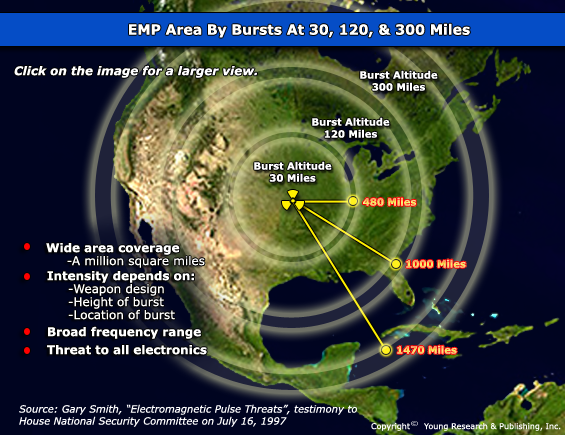


One civilian witness remarked that it was “as if the Earth was killed.” Decades later, the weapon would be given the name it is most commonly known by today: Tsar Bomba, meaning “emperor bomb.”ĭesigned to have a maximum explosive yield of 100 million tons (or 100 megatons) of TNT equivalent, the 60,000-pound monster bomb was detonated at only half its strength. Within ten minutes, it had reached a height of 42 miles and a diameter of some 60 miles. Over several minutes it rose and mushroomed into a massive cloud. The fireball expanded to nearly six miles in diameter-large enough to include the entire urban core of Washington or San Francisco, or all of midtown and downtown Manhattan. The flash alone lasted more than a minute.

The sight was fantastic, unreal, and the fireball looked like some other planet. Behind it, like a funnel, the whole earth seemed to be drawn in. It grew larger and larger, and when it reached enormous size, it went up. A cameraman watching from the island recalled:Ī fire-red ball of enormous size rose and grew. A minute or so later, the bomb detonated. As the bomb fell, an enormous parachute unfurled to slow its descent, giving the pilot time to retreat to a safe distance. Slung below the plane’s belly was a nuclear bomb the size of a small school bus-the largest and most powerful bomb ever created.Īt 11:32 a.m., the bombardier released the weapon. In the early hours of October 30, 1961, a bomber took off from an airstrip in northern Russia and began its flight through cloudy skies over the frigid Arctic island of Novaya Zemlya.


 0 kommentar(er)
0 kommentar(er)
